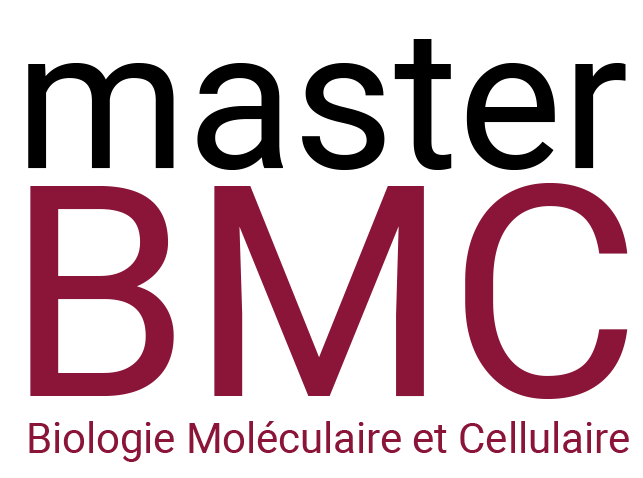Deciphering the polymerization cycle of a bacterial actin-like protein
Responsable de l’encadrement : Arnaud Chastanet
Tél : 01 34 65 25 81; Fax : ; E-mail: arnaud.chastanet@inrae.fr
INRAE, Jouy en Josas
Résumé du projet (environ une demi-page)
From eukaryotic to bacterial cells, cytoskeletal proteins are well known to play critical roles in various aspect of cell physiology, including cell shape and motion, cytokinesis, chromosomes partitioning, and intracellular transport. In bacteria, the essential cytoskeletal protein MreB, a homolog of eukaryotic actin, is involved in cell shape maintenance. MreB controls the synthesis, degradation and maintenance of the cell wall (CW), a stiff extracellular shell that confers physical integrity and shape to bacterial cells [1]. While cytological studies have described in detail the discrete localization and controlled motion of MreB filaments in bacteria, it is still unclear how MreB localizes, assembles into filaments and controls CW synthesis [2, 3].
Recently, we overcame the main bottleneck for the study of Gram-positive (G+) MreB in vitro [4]. We observed straight pairs of protofilaments with MreB from the thermophilic G+ bacterium Geobacillus stearothermophilus (MreBGs), a very close relative of the model for G+, Bacillus subtilis. We also solved the crystal structure of MreBGs, revealing distinctive features that allow their interaction with membranes. More importantly, our results show that ATP degradation and binding to lipids triggers the polymerization of MreB. Our technical breakthrough and these new findings open now a large avenue of research and exciting perspectives on MreB and on the broader field of CW synthesis.
On the long run, our goal is to decipher in detail the polymerization cycle of the actin-like MreB protein, i.e. how the protein switches from a monomeric soluble state into membrane-associated polymers, and back. In the present internship, we will focus in designing, producing and test mutants of MreB defective for their ability to bundle into higher order structures. For this we will use a combination of biochemistry/structural biology/microscopy approaches (directed mutagenesis, basic molecular cloning technics, protein purification, Transmission Electron microscopy, epifluorescence and TIRF microscopy…).
Dernières Publications en lien avec le projet :
- Chastanet, A. and R. Carballido-Lopez, The actin-like MreB proteins in Bacillus subtilis: a new turn. Front Biosci (Schol Ed), 2012. 4: p. 1582-606.
- Billaudeau, C., et al., Contrasting mechanisms of growth in two model rod-shaped bacteria. Nat Commun, 2017. 8: p. 15370.
- Billaudeau, C., et al., MreB Forms Subdiffraction Nanofilaments during Active Growth in Bacillus subtilis. MBio, 2019. 10(1).
- Mao, W., et al., Polymerization cycle of actin homolog MreB from a Gram-positive bacterium. BiorXiv, 2022; DOI: 10.1101/2022.10.19.512861.
Ce projet s’inscrit dans la perspective d’une thèse :
Ecole Doctorale de rattachement : (SDSV)
Equipe d’Accueil :
Intitulé de l’Unité : MICALIS
Nom du Responsable de l’Unité : Philippe Noirot
Nom du Responsable de l’Équipe : Rut Carballido-Lopez
Adresse : INRAE, Domaine de Vilvert, Jouy-en-Josas, 78352

